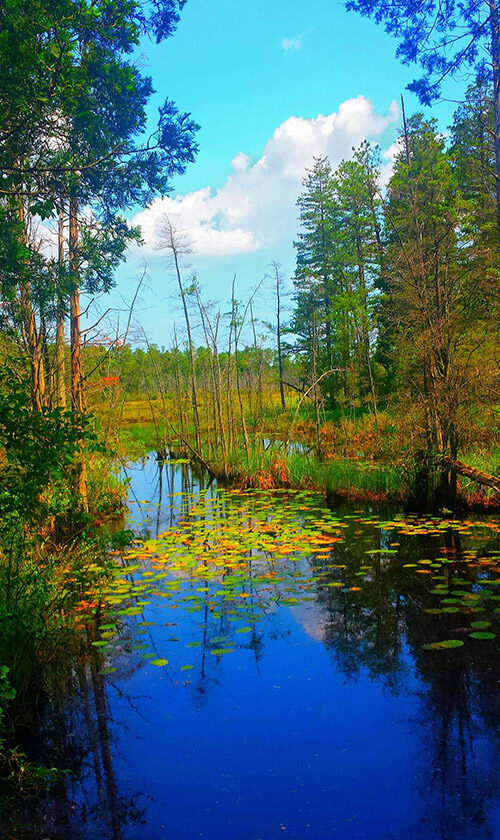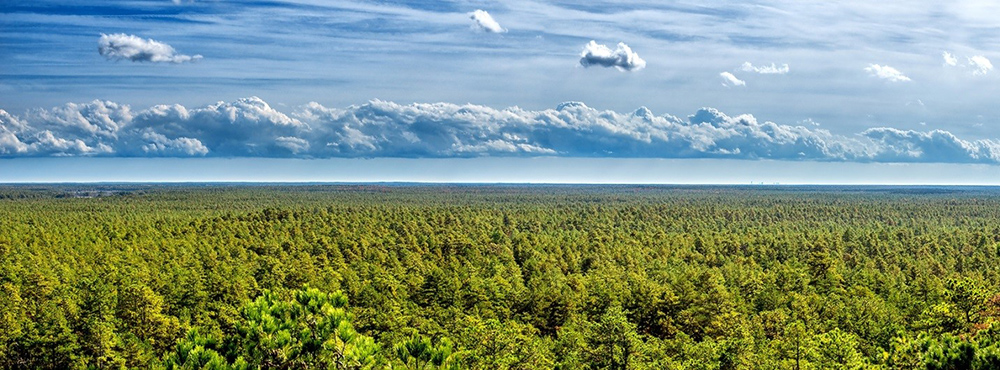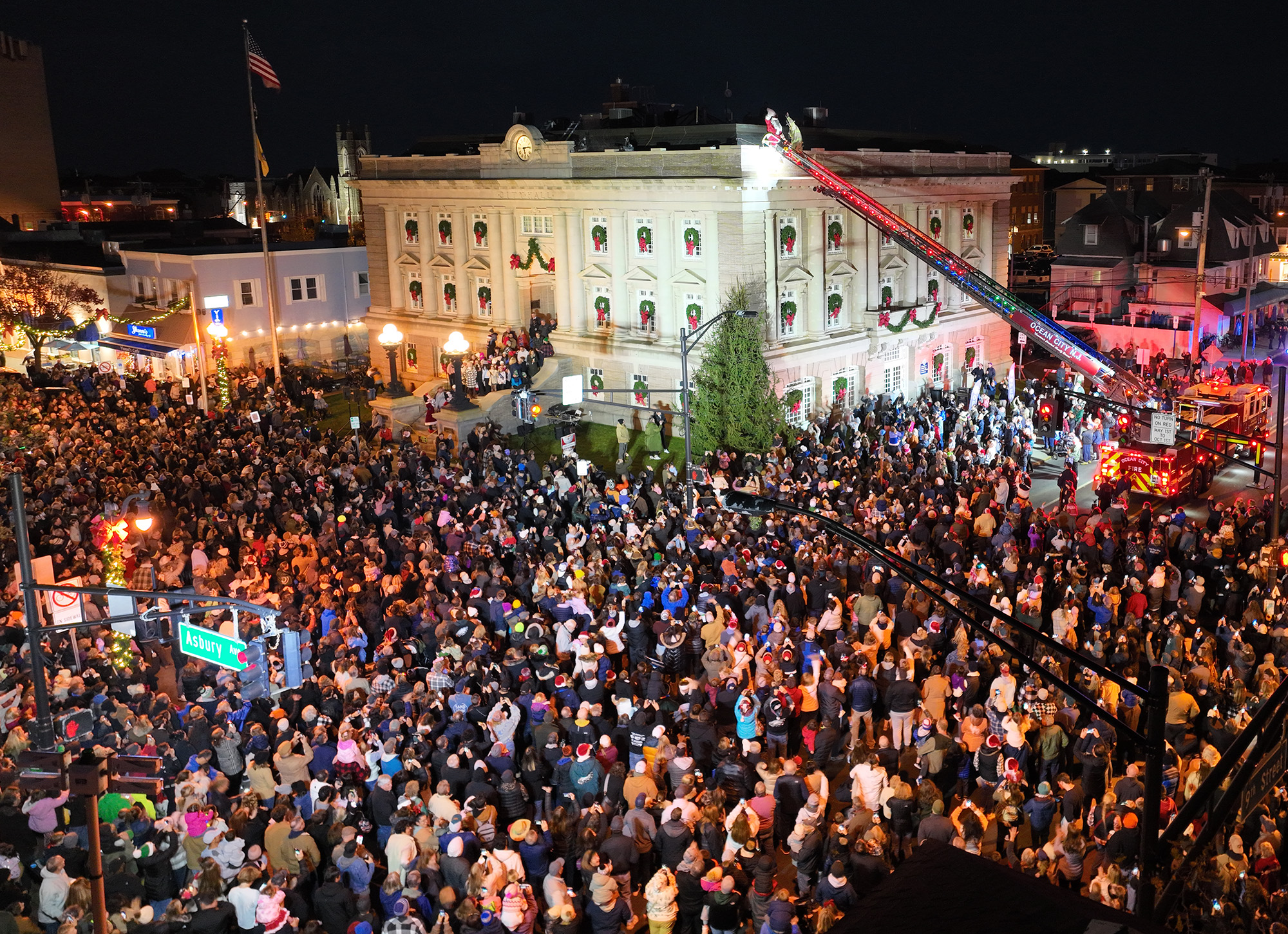By Paul E. Pedersen, Jr.
When you really get down to it, having the Pine Barrens right in our very own backyard here in South Jersey, is like living in a never-ending, episodic, reality TV show. I mean, where else can you find a place where you can go from 39,000 people per square acre to zero people per square acre, inside of a thirty minute drive? Where else can you find many, many species of plants and animals that live no where else in the world? Or a place that comes with it’s own, built-in monsters and legends that have been haunting the area and going on since before the white man even got here in the 1600’s, the Lenni-Lenape Indians referring to the place as Popuessing, meaning “the place of the dragon“? A place inhabited by folks…”Pineys”, some call them… that were once thought to be so strange and dangerous to the gene pool as to have the Governor of NJ in 1913, James F. Fielder, try to enact legislation to sterilize them, ridding the state of future generations of “half-wits and imbeciles“. And that’s not even mentioning the clan of “Jackson-Whites”, the albino, club-wielding tribe of zombies, that are rumored to be marauding through the Barrens, in search of their next hapless victim. Yeah, buddy. We have it all. And it’s all right here, in our back yard!

I’ve always said that the Pine Barrens is not only a real place that consists of 1.1 million acres of pristine forests, wetlands, lakes and rivers sitting on top of 17 trillion gallons of the purest water on Earth, but also, it’s also a state of mind. It’s a giant, blank canvass, waiting for any artist, songwriter, journalist, screenwriter, adventurer, or filmmaker to ply their talents, as it were, and create beauty and serenity from a place that makes up nearly one third of the most densely populated state in the nation. A place where you can find “sugar sand” roads with holes and ruts capable of swallowing a car, rivers and streams that flow with water that looks like strong iced tea, and a place where the silence is deafening, you can hear it, interrupted only by sounds that seem to echo and echo for miles. The Pine Barrens have been described as “our heavenly, secreted place” by naturalists that trek along it’s miles and miles of trails, as well as by Caddy-driving wise-guys from New York alike. It’s a place of great paradox, and begs for active imaginations.
Like any place that draws strong forces from both sides of the emotional conservation poles, the Pine Barrens have become a political football, used to get votes because of what a person, party or group wants to do, or not to do, with any or all of it, and for a million different reasons on each side. There are those for and against pipelines that are slated to traverse through or near it. There are those for and against off-road vehicles that are traversing through or near it. There are those that want to shut it down altogether, and others that see it as a beautiful new development of neighborhoods, parks and retirement communities. In 1960, there were even those that wanted to turn it into the largest jet port in the world, complete with a supporting, adjoining city.
But the Pines is no stranger to being fought over and monkeyed around with. A long time ago, a guy named Joseph Wharton tried to sell water from his considerable land holdings in the Pine Barrens to the City of Philadelphia. Luckily, the NJ Legislature stepped in and forbade it. In 1954, Wharton’s family sold thousands of acres of the family’s land to the State of NJ, creating the Wharton Tract State Forest that we now know and enjoy today.
It was long rumored that in 1850, there were no trees anywhere from the sea shore to the Delaware River, the clear-cut “foresting” practices being so severely unmanaged by the iron and glass-making companies as to completely level most of the trees in Pine Barrens for use as fuel. And in the great mysterious paradox that is seemingly always accompanying anything to do with the Pines, the abysmal practice of yesterday’s clear cutting drove the forges and glassworks west, along with the workers and their families, leaving deserted the obce-flourishing cities and towns, and allowing the Pine Barrens to re-grow and rejuvenate themselves into how they were originally when they were found, and, for the most part, how we enjoy them today. But, if you look hard enough in the right places, the ghosts of the cities and towns are still there, but they’re covered with the green and the silence of time that scream deep in the woods, making the Pine Barrens of today the special, still-wild island in the sea of civilization, that it is.
Enjoy The Pines!!
Paul Evans Pedersen, Jr. is a author, singer-songwriter, journalist, storyteller, and jewelry maker born and raised in South Jersey. He has appeared on numerous TV shows including “Anthony Bourdain’s Parts Unknown” on CNN. His jewelry, “Pine Barrens Diamonds”, is made from old glass he digs in the Pine Barrens, and is available in shops and boutiques throughout the region.






